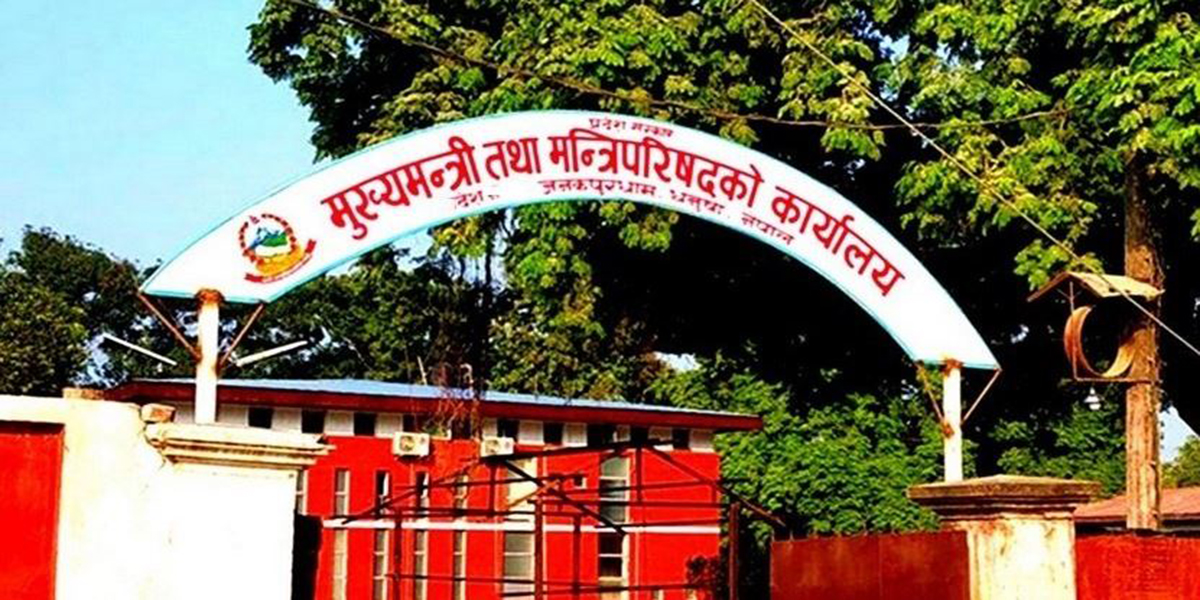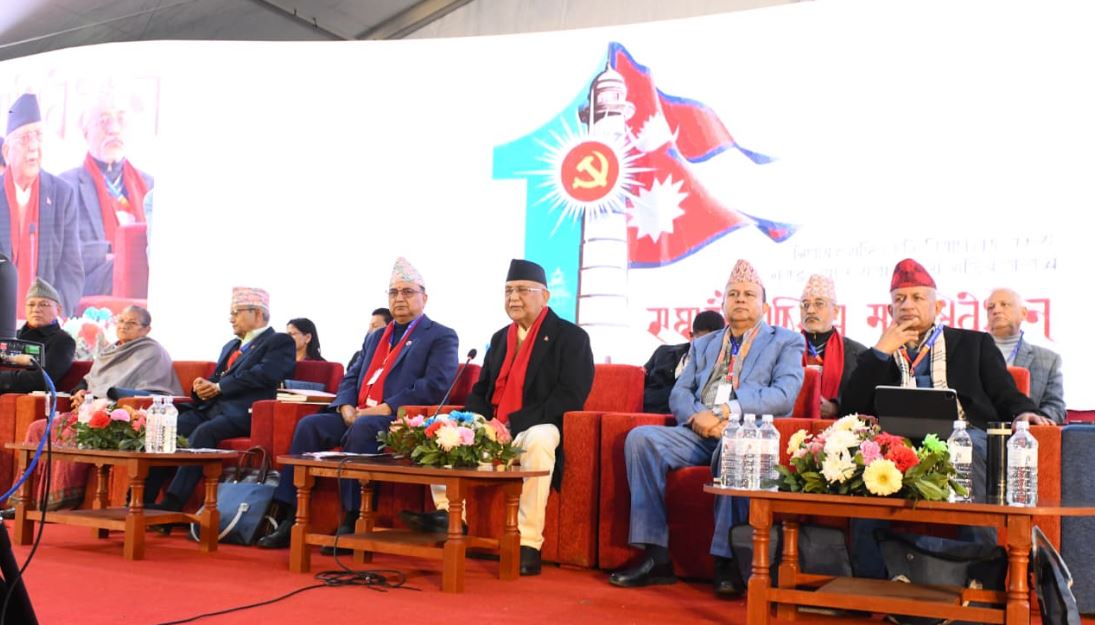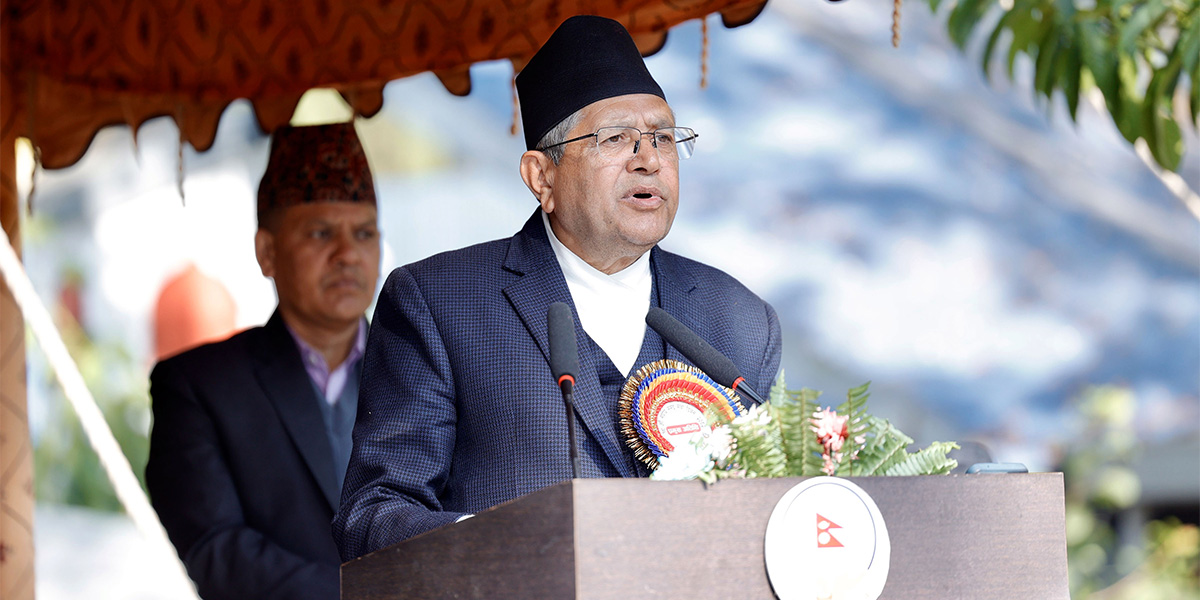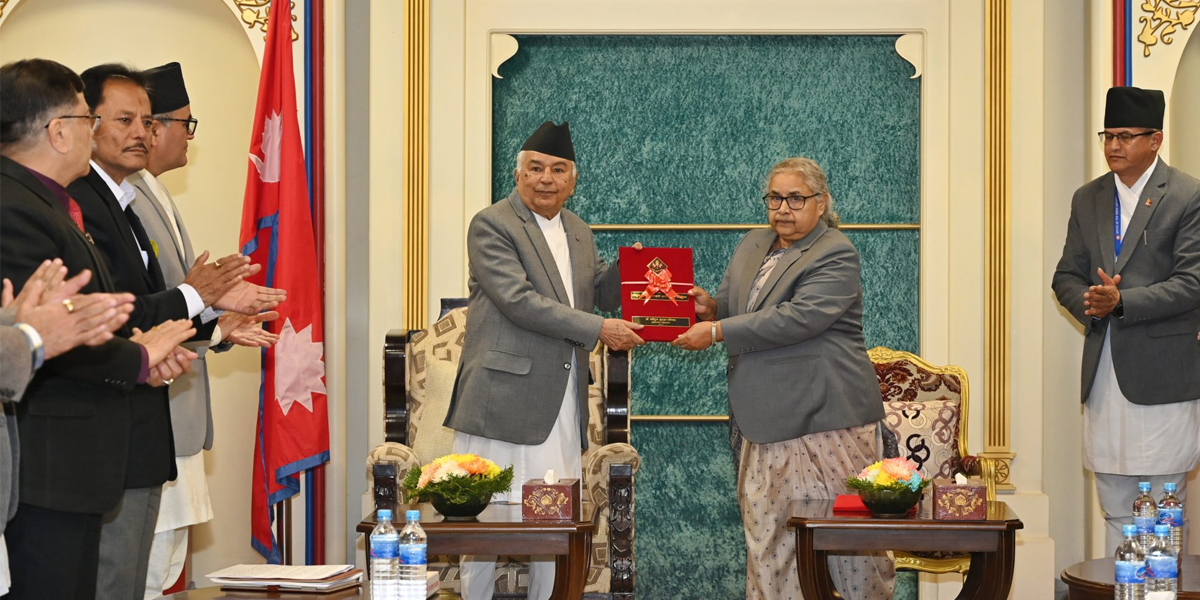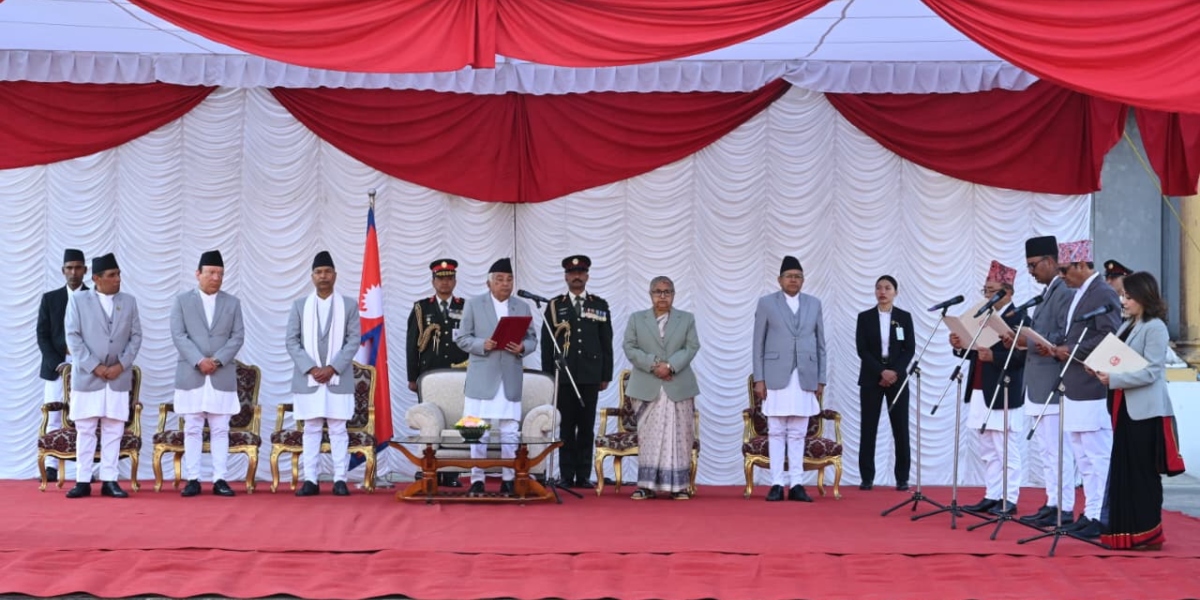
KATHMANDU: The interest rates of commercial banks have reached their lowest in nine years.
According to the Nepal Rastra Bank (NRB), interest rates have dropped to decade-low levels due to a decline in credit disbursion.
In 2016, the base rate of commercial banks had dropped to 6.10%. The central bank’s data shows that the base rate reached 6.65% in mid-February.
The interest rates, which had once surged to record levels, have now dropped to a single digit. Economists attribute this primarily to the government’s low spending and the lack of confidence among businesses in taking loans.
NRB Spokesperson Ramu Prasad Poudel said interest rates have to nine-year low levels. “The economy had slowed down after the 2015 earthquakes and the blockade imposed by India, leading to an unexpected drop in bank interest rates. The government had to make significant efforts to rectify the situation,” Sapkota said. “This time, interest rates have dropped due to a lack of credit growth.”
According to the central bank, commercial banks, which have collected deposits of around 6,000 billion, have invested only about Rs 4,900 billion in loans. Although banks are allowed to invest up to 90% of their deposits in loans, the NRB’s data shows that they have currently invested only 79%.
The NRB data shows commercial banks currently have more than Rs 1,100 million in liquidity.
The base rate of commercial banks for the month of Falgun (mid-February to mid-March) is 6.65%, while the credit-deposit ratio (CD ratio) is 79.57%.
When the base rate reached 6.1% in 2016/17, bank interest loans remained at 8.86%. In the fiscal year 2017/18, when the base rate of commercial banks rose to 9.67%, the interest rate on credit rose to 11.1% and deposits to 6.1%.
In the fiscal year 2018/19, when the base rate reached a minimum of 9.48%, the interest rate was 12.20% for loans and 6.30% for deposits. Likewise, when the base rate was 8.50% in 2019/20, the loan interest rate was 10.11%, and the deposit interest rate was 6.1%.
In 2020/21, when the base rate reached 6.66%, the interest rates on loans and deposit remained at 8.43% and 4.62%, respectively.
The base rate has now fallen to 6.1%.
According to Bhuvan Dahal, a former president of the Nepal Bankers Association, the base rate has reached the level of a decade ago due to weak loan expansion since the current fiscal year. “It may not be a bad thing for bank interest rates to drop, but it is not good for investable money to pile up in banks. If the government does not plan timely, another problem could arise,” he added.
He said the government should immediately bring special plans in collaboration with the private sector for money management.
The deposits in the banking system have exceeded Rs 6,750 billion. Of this amount, banks and financial institutions have been able to invest only Rs 5,863 billion by mid-February.

 Himal Press
Himal Press 


